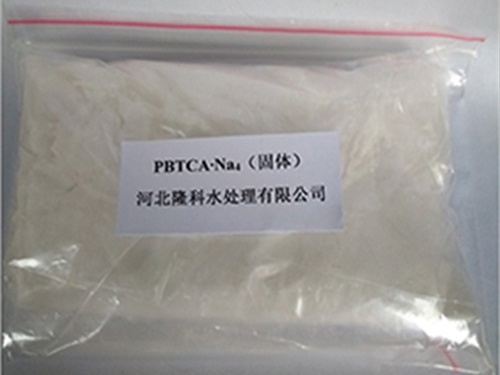poly aluminum chloride pac
The Importance of Poly Aluminum Chloride (PAC) in Water Treatment
Poly Aluminum Chloride (PAC) is an inorganic polymer used extensively in water treatment processes. It is a coagulant, which means it helps in the aggregation of particles suspended in water, thereby facilitating their removal. Its effectiveness and versatility make PAC an essential chemical in ensuring safe drinking water and treating wastewater across various industries.
Understanding PAC
PAC is a synthetic polymer made from aluminum chloride and aluminum hydroxide. It is characterized by its high charge density, which is crucial for the coagulation process. When introduced into water, PAC forms a gel-like substance that interacts with suspended particles, including organic material, colloids, and microorganisms. This interaction causes particles to clump together, forming larger aggregates known as flocs, which can then be easily removed by sedimentation or filtration.
Advantages of Using PAC
One of the key advantages of PAC over traditional coagulants like alum (aluminum sulfate) is its efficiency in a wide range of pH levels. PAC operates effectively in both acidic and alkaline environments, making it suitable for various water sources. Additionally, PAC requires lower doses compared to alum, leading to reduced sludge generation and disposal costs. This is especially beneficial in municipal wastewater treatment plants, which strive for sustainability and minimizing environmental impact.
Another significant benefit of PAC is its rapid coagulation and settling properties. This speed enhances the overall efficiency of the water treatment process, allowing facilities to treat larger volumes of water in a shorter time frame. Furthermore, the quality of water treated with PAC is often superior, resulting in clearer effluent and improved removal of contaminants such as heavy metals, turbidity, and pathogens.
Applications of PAC
poly aluminum chloride pac

Beyond water purification, PAC is utilized in various industries, including food and beverage manufacturing, pharmaceuticals, and paper production. In the food industry, PAC plays a crucial role in the production of beverages, ensuring the removal of impurities that could affect flavor and quality. In the pharmaceutical sector, it helps in the purification of water used in the production of medications, where any contamination could have serious implications.
In terms of industrial applications, PAC is extensively used in paper manufacturing processes. It improves the formation of paper by aiding in fiber retention and enhancing the drainage of water during production. Its use in these diverse fields underscores its versatility and effectiveness as a coagulant.
Environmental Considerations
While the benefits of PAC are evident, it is essential to consider its environmental impact. The production and use of aluminum-based coagulants can result in aluminum residues entering water systems, which raises concerns about aquatic life and long-term soil health. Therefore, it is crucial for facilities to monitor their PAC usage closely and strive for the optimal dosage that minimizes waste while maintaining treatment efficacy.
Moreover, sustainable practices in the production of PAC are gaining momentum. Many manufacturers are focusing on reducing energy consumption and wastewater generation during the production process, thereby decreasing the overall environmental footprint of PAC.
Conclusion
Poly Aluminum Chloride (PAC) has revolutionized the water treatment industry with its efficiency and versatility. Its ability to function across various pH levels and its quick action in coagulating particles make it a preferred choice for water treatment facilities globally. As we strive for cleaner water and sustainable practices, PAC will undoubtedly continue to play a crucial role in meeting these goals. However, it remains important to balance its use with environmental considerations to ensure that the benefits of PAC can be enjoyed without compromising ecological integrity. As technologies advance and research progresses, the future of PAC in water treatment and other industries looks promising, reinforcing its status as an indispensable chemical in our quest for clean water and effective wastewater management.
-
Water Treatment with Flocculant Water TreatmentNewsJun.12,2025
-
Polymaleic AnhydrideNewsJun.12,2025
-
Polyaspartic AcidNewsJun.12,2025
-
Enhance Industrial Processes with IsothiazolinonesNewsJun.12,2025
-
Enhance Industrial Processes with PBTCA SolutionsNewsJun.12,2025
-
Dodecyldimethylbenzylammonium Chloride SolutionsNewsJun.12,2025





